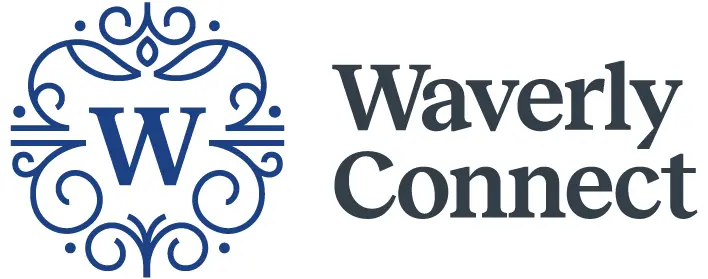If you are a caregiver, this is the time of year to open the windows of your senior’s home, let in fresh air, and do an annual spring cleaning. As a care manager, I know that many caregivers are pressed for time, especially those who work and are caring for their own families. Spring cleaning may seem like a big chore, but it can be broken down to manageable tasks. If other family members are willing to help, it will make the job faster and easier. And, if needed a cleaning service can be hired to assist.
Spring cleaning is important for seniors not only because it has health benefits – such as reducing the spread of germs, eliminating dust that can cause allergies, and deterring pests – but also because de-cluttering and eliminating tripping hazards makes their home safer. A clean house can even improve mood and reduce the risk of depression. For this reason, I encourage caregivers to plan with their senior for spring cleaning, finding out what tasks they would like to do and then creating a plan to handle the other things on their list.
If the senior has dementia or cognitive challenges, they may resist getting rid of clutter. Sometimes the resistance is due to feeling a lack of control. It is often best to try a soft approach and give them choices about what to keep, donate, and throw away. One client was much more willing to part with clothing and other items she no longer used when she knew they were going to a charitable organization. She wanted to be of service and felt good about helping others.
Sometimes seniors have accumulated possessions over the years and want to declutter, but just feel overwhelmed and guilty about discarding items that have sentimental value. For example, one client had an extensive ceramic frog collection that had belonged to her mother, along with a slew of other items, including books, she had inherited from her parents. She had no room for these collections and really did not want them. I suggested that we take photos of the collection for her memory of her mother, then she selects just one frog from the collection for herself and sell or donate whatever her children did not want. She did the same thing with the books and other items.
A simplified version of the Marie Kondo method can help seniors decide what to keep and what to discard. If the item does not “spark joy” for them and has outlived its usefulness, it is time to let it go.
If you or someone in your family are facing aging challenges, please give us a call at 610-667-2838 or email us at CareManagement@waverlyheights.org. We’ll be happy to assist!


Recent Comments